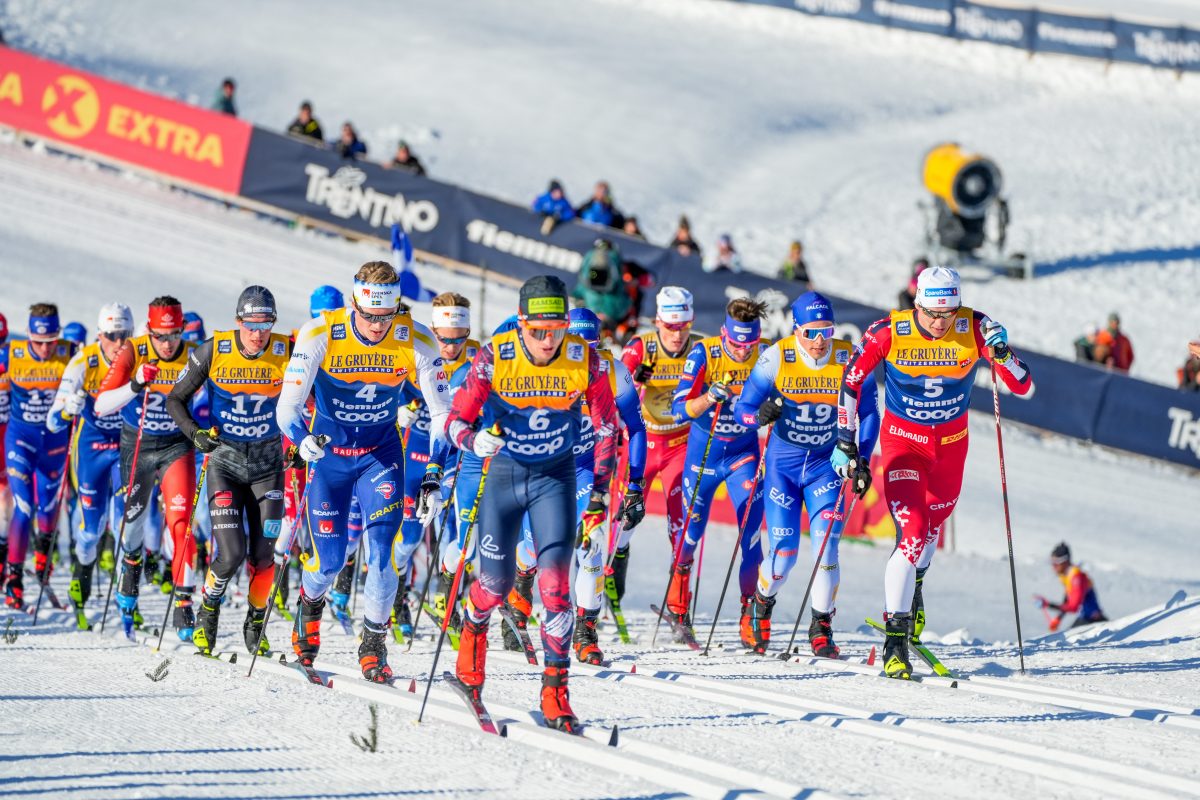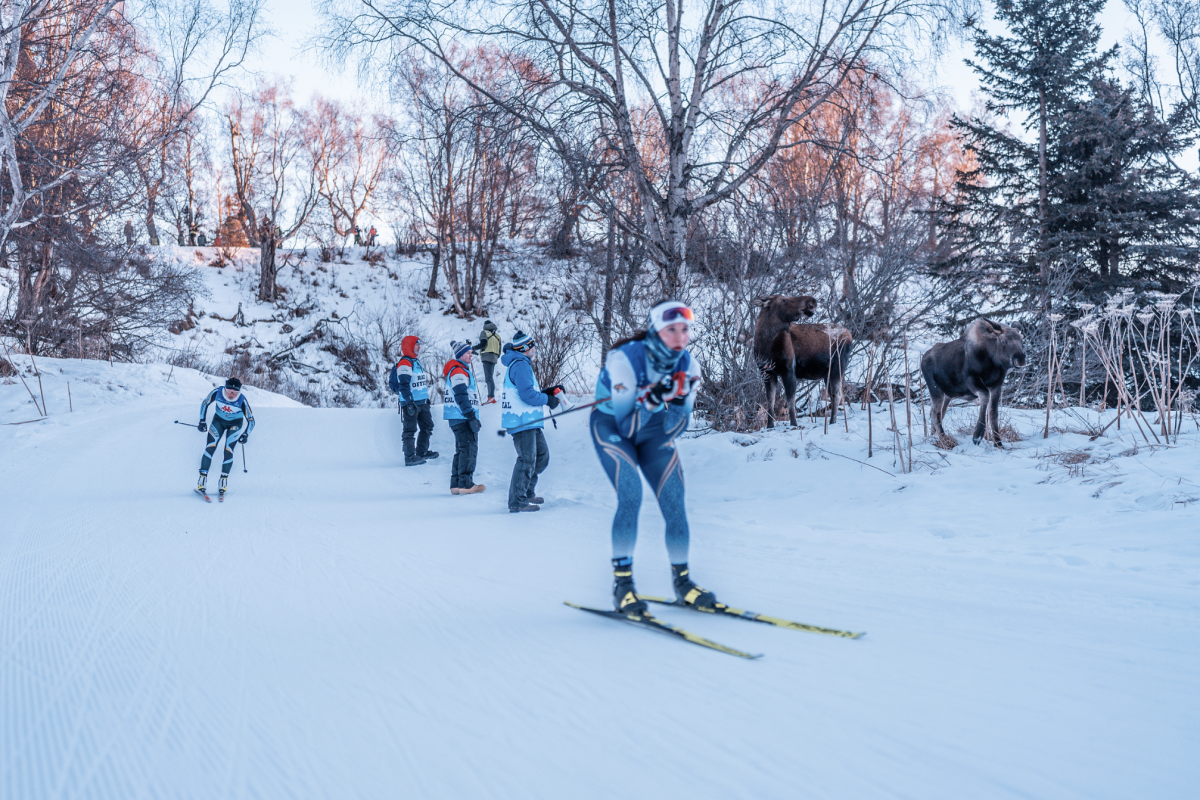
While those of us in the US were ramping up our New Year’s Eve celebrations, the first race of the China Tour de Ski (CTDS) was underway at the new Changbaishan Luneng four-season resort. Located in the rolling hills of Jilin Province – less than 50km from the North Korean border – the resort offers Alpine skiing, a nature park, and a Manchurian cultural village. It also enjoys cold winter temperatures and reliable snow. Maybe most impressively, it also boasts cross-country skiing courses designed to FIS homologation standards, as well as a 30-point biathlon range (under construction) and IBU racing trails. The site currently serves as the Chinese National Team training site, and has hosted the opening races of the CTDS since it opened in January 2017.
The CTDS is organized and operated by the Swedish company Ski Ways, and entices many international athletes, just below the FIS World Cup level, with its cultural novelty, competitive races, and prize money. It is the most competitive cross-country race series in China, and is gaining more attention with the Beijing Winter Olympic Games on the horizon in 2022. With five stages at four different locations – including the 50km Classic China Vasaloppet in Changchun – the race schedule is demanding, but also offers athletes a look at the culture of northeastern China.
As a US-based trail design company, we at Morton Trails were hesitant when first asked to design cross-country ski trails in China – almost on the North Korean border at that! However, we thought the opportunity for international exposure, and what was sure to be an interesting challenge, too good to pass up. Once we got over the two days of travel, meals that included boiled tree frogs and badger paws, and the aggressively bumpy roads, the design work was similar to the work we have done all over the US. Well, maybe you never get used to eating the frogs. But a good ski trail, and especially a world-class racing venue, is the same in Vermont as it is in China. As many with an international racing background can attest, it is incredible to ski in Colorado one weekend, Europe the next, and Alaska a month later, while barely registering the difference in venues. Our task was to design the best possible ski racing courses, and that is exactly what we did.

While the basic work of trail design was familiar, there were many challenges that we had never faced before. For one, we couldn’t cut any trees during the first phase of trail work, requiring us to work only in open, or sparsely forested, areas. In China, each province has a tree-cutting allocation for a 5-year cycle, and this province was over its allocation. An interesting approach to forestry. Luckily, much of the property was agricultural land, and we were easily able to stay in the open. The second challenge was the agricultural land itself. This part of China is the primary ginseng growing region in the world, and much of the land we needed to cross was dotted with ginseng plantations. Apparently, ginseng plants do not reach full value until they have grown for twelve years, as it is the length of the root that is most prized. We had to do our best to avoid the ginseng fields, at least until the resort development company settled on a fair price for the land with the farmers. The third (and most brutal) challenge was the local liquor, called bijou, which the locals claim imparts all sorts of health benefits, and insist foreign consultants drink constantly. Perhaps outweighing its health benefits is the fact that it’s anywhere between 50% and 80% alcohol. The challenge lay in convincing our hosts that our cups were indeed full, and we needed to get up early for work the next day.
Challenges aside, working abroad was a phenomenal experience, and it was exciting to attend the opening races of the 2017 CTDS at a Morton Trails-designed venue in China. As the Nordic sports continue to grow in China, we look forward to another round of boiled tree frogs, and designing more world-class ski venues overseas.
The trails at the Changbaishan Luneng Resort were designed by John Morton and Noah Brautigam. Morton Trails was founded in Vermont 27 years ago by two-time Olympic Biathlon competitor, John Morton, and has designed over 200 trails worldwide.
Link to Morton Trails’ Website: https://www.mortontrails.com/
Link to China Tour de Ski Website: www.tourdeskichina.com




